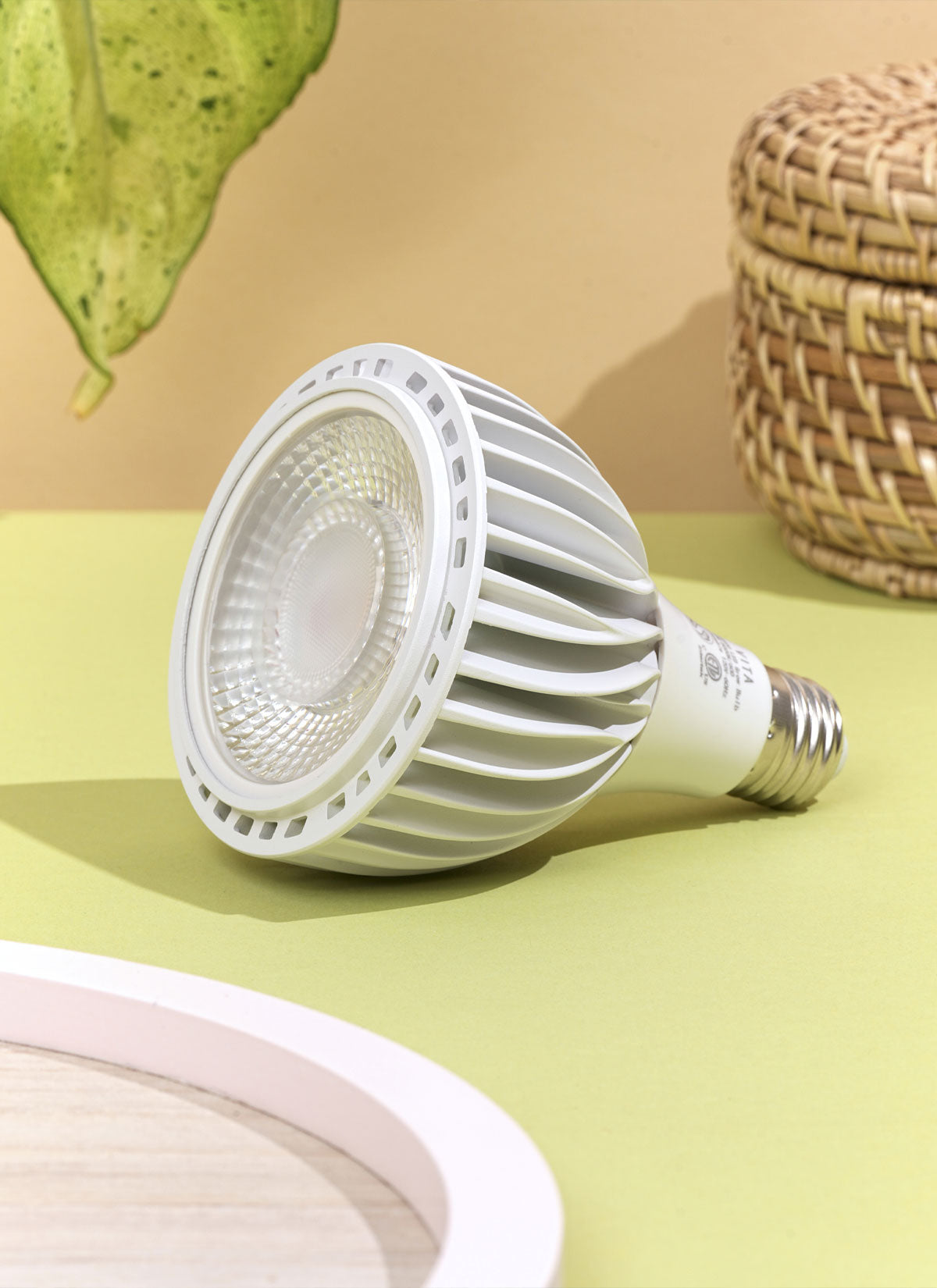Preferred Temperature: 60º - 80º
Hoya carnosa 'Tricolor' plants, which are renowned for their gorgeous foliage with variegated leaves in colors of green, white, and pink, are called Tricolor Hoyas. The ideal indoor temperature for these plants is between 65 and 80 degrees Fahrenheit (18 to 27 degrees Celsius), and they flourish in this range. Although they can withstand a little bit of cooler weather, it is ideal to keep temperatures at 60 degrees Fahrenheit (15 degrees Celsius) or above to prevent problems with development or leaf damage. Tricolor Hoya plants will flourish in an atmosphere that is consistently warm and within the ideal range, allowing them to thrive and display their stunning variegation.




















